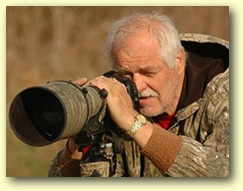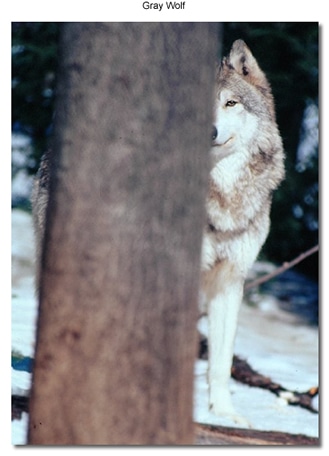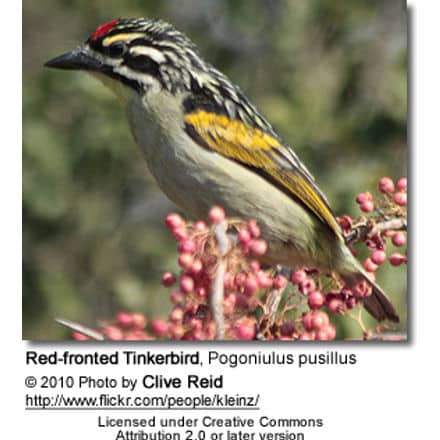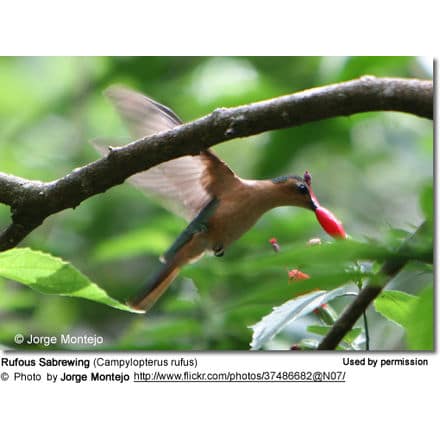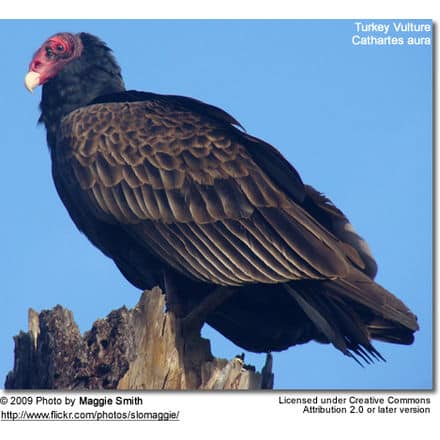Photography: Snow & Ice
Snow offers a change to landscape photography from the norm of all the tones within the land and sky. It reduces contrast between these tonal places because it drastically cuts the number of tones by reflecting light into the shadows and it also reflects light back to the camera. Since the snow scenes are white in background, a high contrast is created with the silhouettes of trees, rocks, and any animal that is dark colored. By covering the ground and the features portrayed within the scene, it becomes much more simple and they become more graphic.
One now has a control problem with which to deal. If one shoots on automatic everything will be overexposed because the camera see all the snow at 18% gray. Thus one has to adjust the exposure by two f-stops brighter with the compensation control or manually. Snow needs to be exposed precisely in order to keep its texture. Being a reflector, snow also picks up color from its surroundings……things like a blue tint from the clear sky or green from a forest.
Because of the cold, equipment needs special care. From freezing to zero degrees common sense plays a big roll of just to keep Equipment as dry and warm as possible. Below zero, several characteristics of the material change….Plastics can crack, metal can stick to flesh, lubricants thicken and all moving parts slow down. Condensation becomes a problem when equipment is brought indoors, and it can be a problem when warm breath condenses on the camera and refreezes on the glass or metal. The same is true of snow flakes on the camera.
Cold also has an effect on batteries. Expect to change them more frequently. In the digital world this is especially true, because everything is electronic.
Many images have been created in this extreme environment. Just because it is cold does not mean to sit by a fire. Wayne and I met on a below zero day at a bird feeding station. Great friend s and great images can be made in the extreme cold.

